Penang exhibition offers a photographic exploration of Serani identity
Eurasian (noun) : a person of mixed European and Asian parentage.
In Penang and Melaka, another term has become synonymous with this group of people – Serani.
But what, precisely, is a Serani aside from a blend of ethnicities?
In Devil’s Curry: A Photographic Exploration Of The Serani Identity (which is showing at Hin Depot in George Town), Penang-based photographer Antoine Loncle endeavours to find out, looking not only into his history but that of the community he has grown up in.
As far as neat little classifications go, Loncle is an anomaly.
At 27, he’s young and an emerging face in the Penang art scene, but his choice of medium is old-school film and the large format cameras many have only seen in very old movies or photographs.

Born to a French father and Eurasian mother, Loncle grew up in Penang and is often mistaken for a tourist, though not so much in the past week as one of his fingers still bears the mark of indelible ink from the state elections.
When he was born, Loncle was accepted into the Penang Eurasian Association (PEA) and through a letter from his uncle, learned of his unofficially status as an “A-class Serani” due to his strong European ancestry that runs on not one, but both sides of his family.
He may not have thought much about this then but an episode in mid-2021 involving a close friend reignited the issue in his mind.
Tensions had flared at the 94th AGM of the PEA on the issue of “A” and “B” membership, the former being given to those whose father was Eurasian and the latter to spouses of Eurasians as well as children of Eurasian mothers.

According to the PEA constitution, both memberships are similiar with one key difference: only “A” members were allowed to hold the four top posts in the association’s management committee.
“My mother was talking to me about the letter (we received from my uncle) around the same time that a friend of mine was denied a committee position within the PEA .
“In recent years, there has been a tension within the Penang Eurasian community; one that centres on the definition of the Serani identity and who can be truly referred to as such. There are all these kinds of definitions being thrown around about whether you are or aren’t a certain thing.
“So, this exhibition started by me trying to find out what a Serani person is but it’s also been a way of finding out where I kind of fit in all of this,” says Loncle.
More than a curry
A cake and finger food. Plates on knees.
A lady looks at the camera in a mid-action, leaning forward or perhaps, posing.

The print is too damaged by time and climate to know for sure.
Elsewhere, an elderly couple lean in closely to one another, examining a slip of paper.
A letter? A lottery ticket? Again, your guess is as good as mine.
On another wall of the Hin Bus Depot exhibition space, clearer snapshots come to light.
Construction work at a church where the Virgin Mary looks down on resting hard hats.
A famous fort.
Portraits of Eurasians, young and older.

Who are they, exactly? What’s their story?
There are little clues to these questions as only three bodies of text are found anywhere in the exhibition.
One details the idea behind the show and its efforts to unearth the complexities of the Serani identity.
Another is a quote from a Scottish photographer who travelled to Penang in the 1860s and 70s and his encounters with Eurasians of that era.
And the third is a recreation of the letter Loncle’s mother received, based on her recollection as the original has been lost.
All of the 25 pieces exhibited come untitled and with no descriptions.

The idea, Loncle says, is to give people the freedom to bring their own experiences to the table and search deeper into the links that lie between each photograph.
“I like it a bit more open-ended. If you explain too much, then people don’t bring their own experiences to the work,” he adds.
“All the old photos are from old slides that my granddad shot. He had them kept really badly in an attic, so, they were faded from age and the humidity.”
Loncle took the unconventional route of choosing the photos that were in the worst shape to showcase.
“There were over a hundred slides and I took the ones that were the most damaged. A big part of the project for me is about the Serani identity and how that is different to different people.

“I think this is largely based on how we remember things, but memory can be fragile. So, the idea that the photograph is this memory that is preserved is also, I guess, a bit challenged because you think of a photograph as a thing that lasts forever but it obviously does not.
“In essence, memory, like the photograph, is also changing and fading and potentially being lost,” he says.
With his Eurasian friends and relatives as subjects, along with three prominent, older members of the PEA, Loncle shot portraits on his trusty 4×5 large format camera – his instrument of choice for the majority of his work – and developed them in his small studio located in a corner of the Hin Bus compound.
“I feel shooting on film makes me be a bit more intentional in the things that I make or do. Digital can also be challenging and tough to execute well but when you’re thinking about film, the restrictions you face can be a creative catalyst. If you’re limited by the things that you can do, it kind of makes you think a bit more differently.
It puts you in a different mindset,” he says.
Devil’s Curry is Loncle’s first solo exhibition and has also turned into a part of a thesis for a master’s degree he is pursuing long-distance with the Photography Studies College in Melbourne.
He credits photography hub Zontiga for a grant that helped the initial inroads of the project and is also planning on creating a photobook to continue his exploration of the Serani identity, concentrating particularly on four identifiers: a strong commitment to religious faith and Roman Catholicism, food, a connection to the one’s surname and finally, music.
“This project started out as asking what is a Serani and what does that mean? But I’ve had a realisation, as the project went on, that a lot of other people in other cultures and communities also have the same issues.
“So, it’s becoming a way for me to connect to a larger group of people from our small Serani community,” says Loncle.
The Devil’s Curry photo exhibition is showing at the Hin Bus Depot, 31A, Jalan Gurdwara, George Town, Penang until Aug 27. More info here.


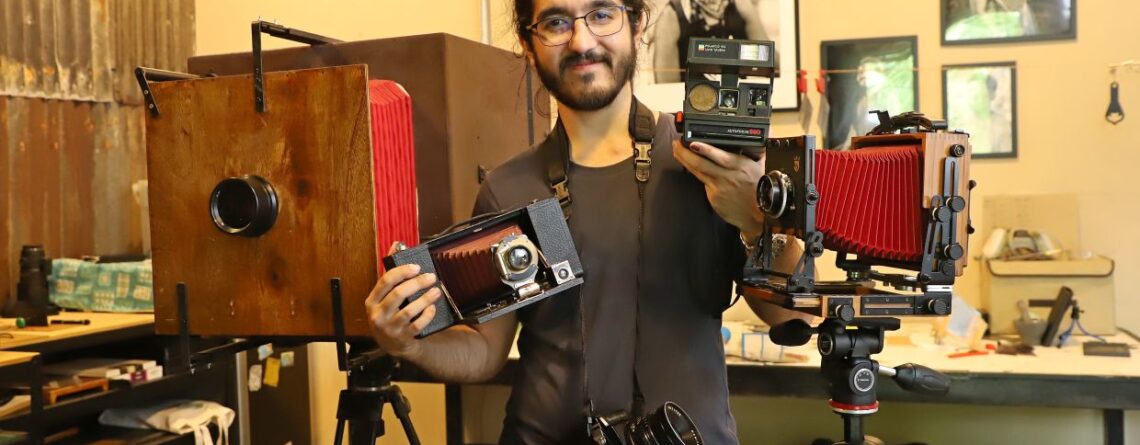
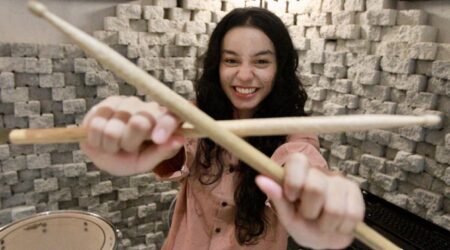

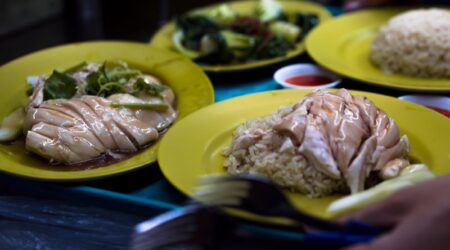

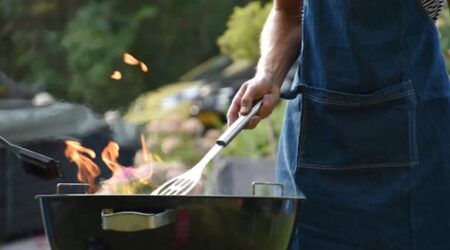
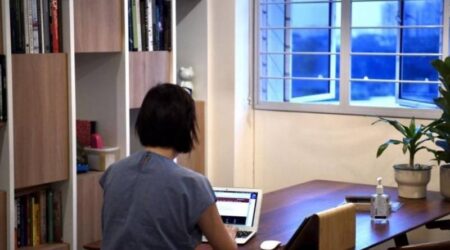
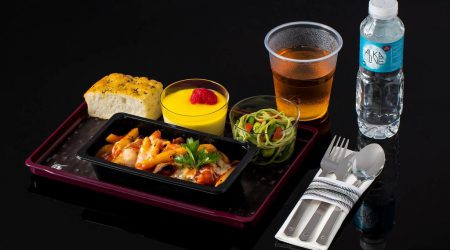
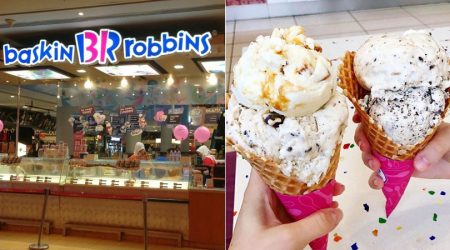


Leave a Reply